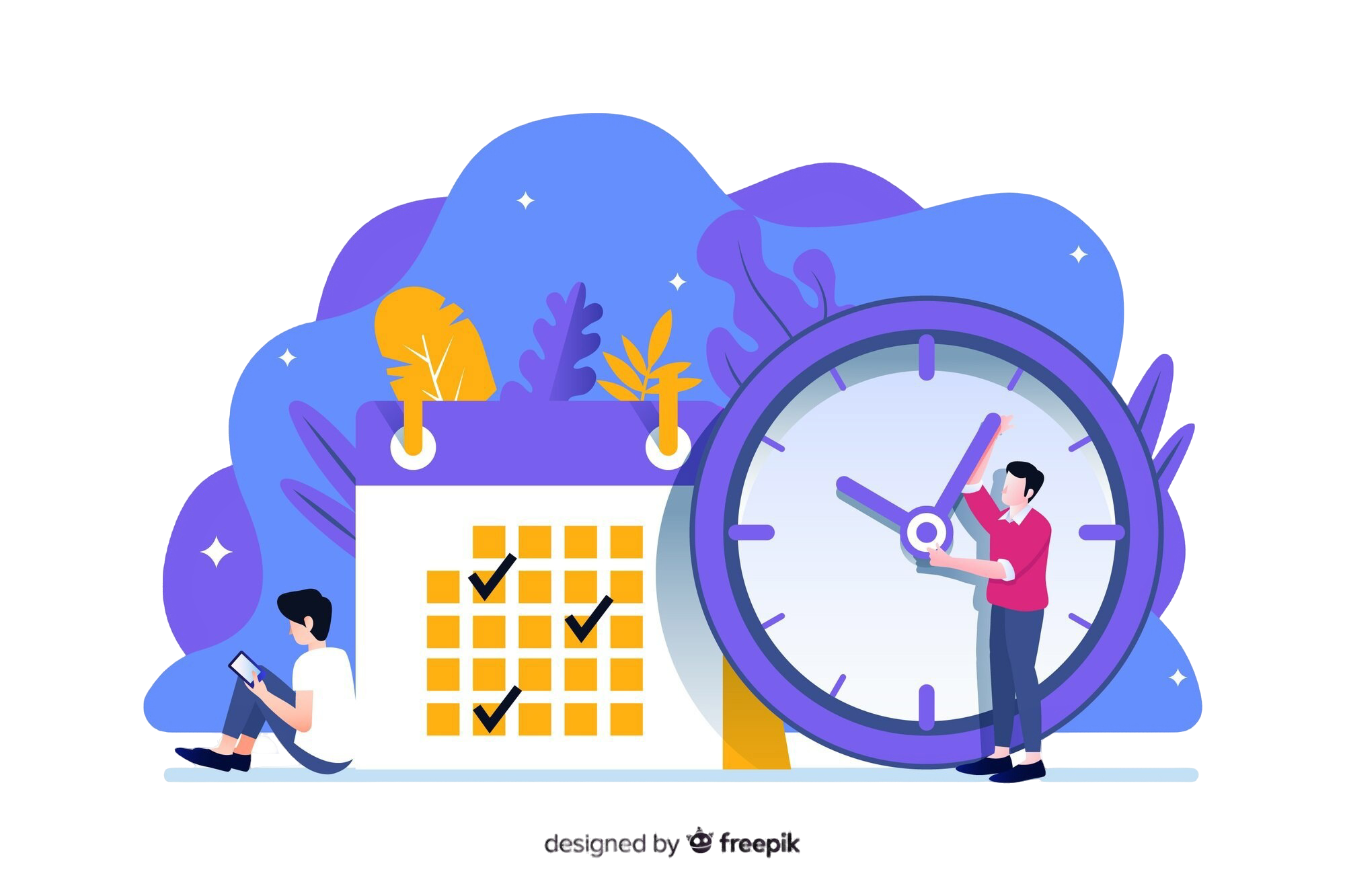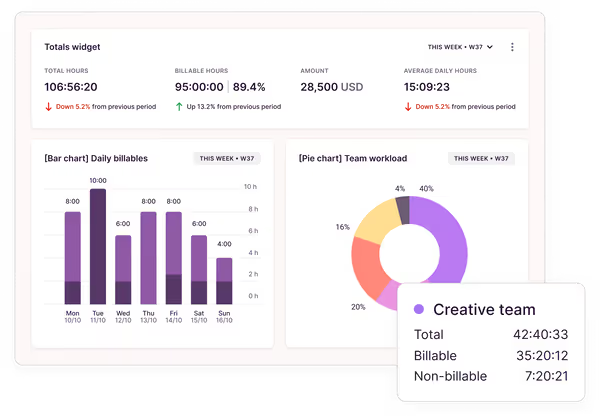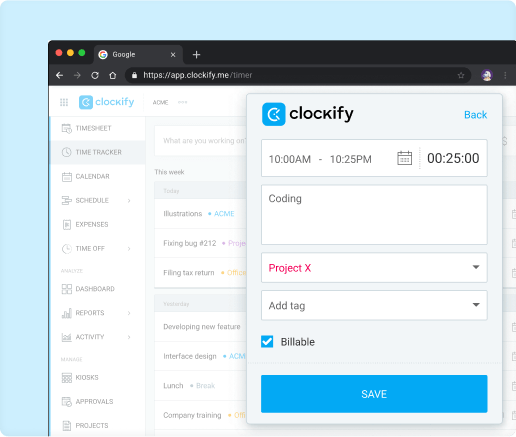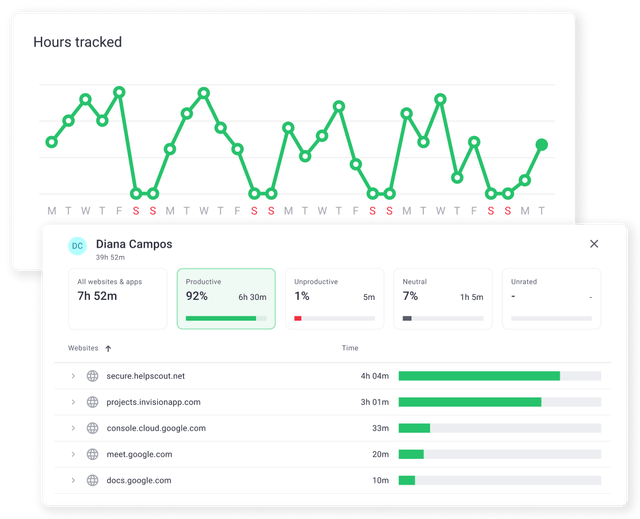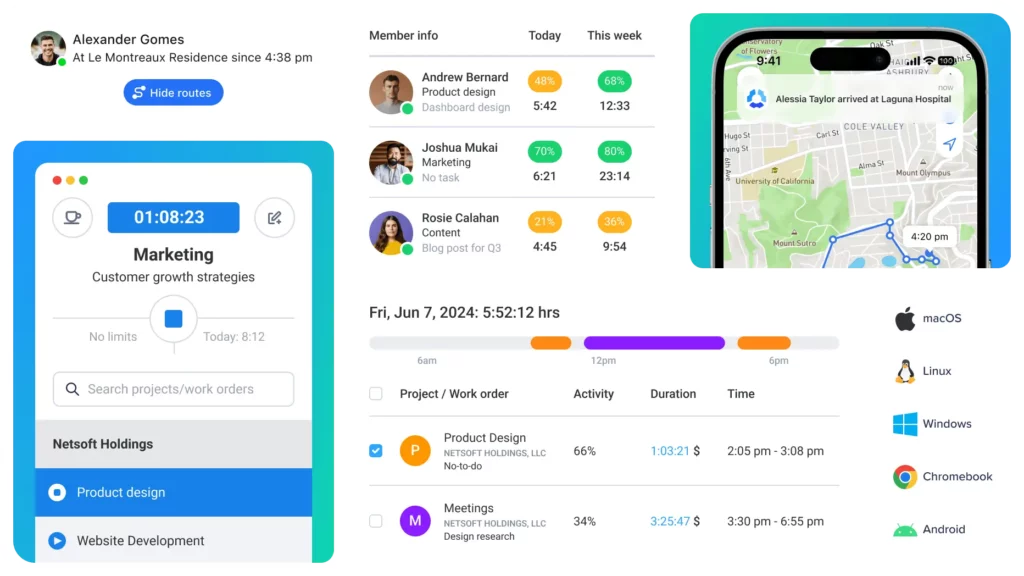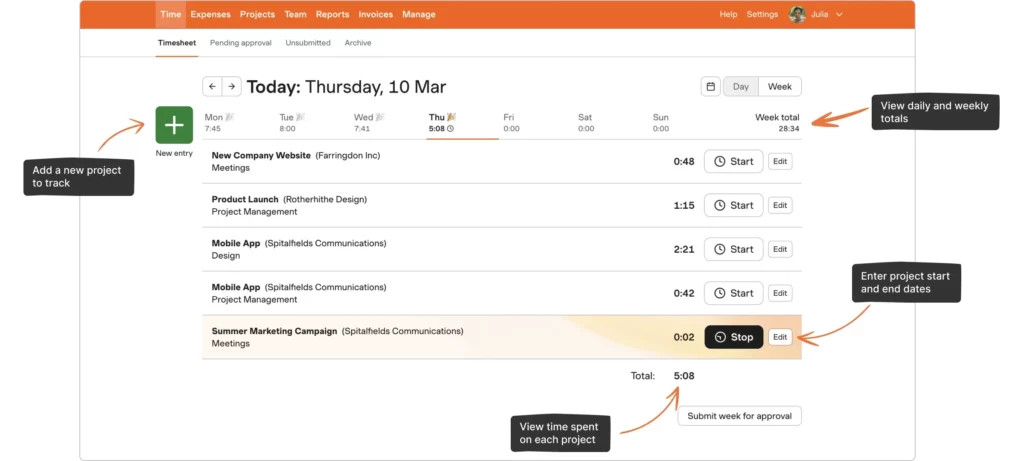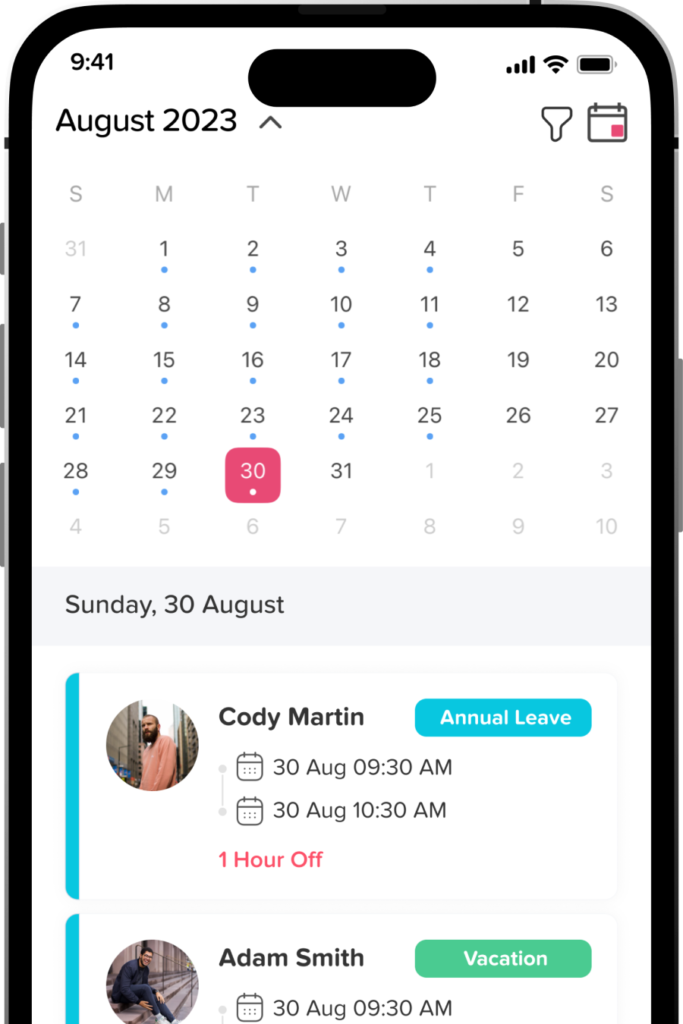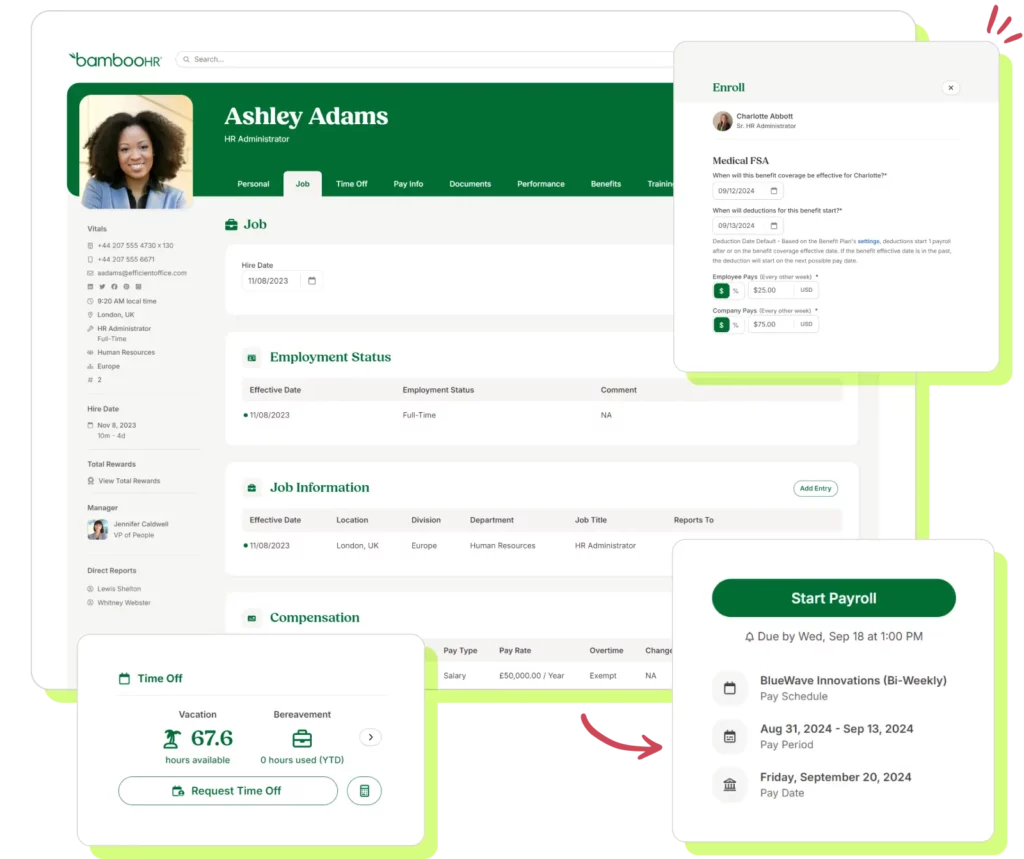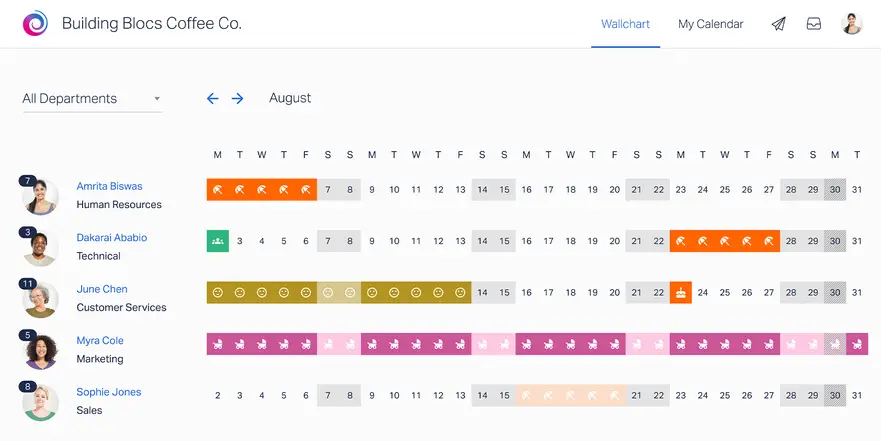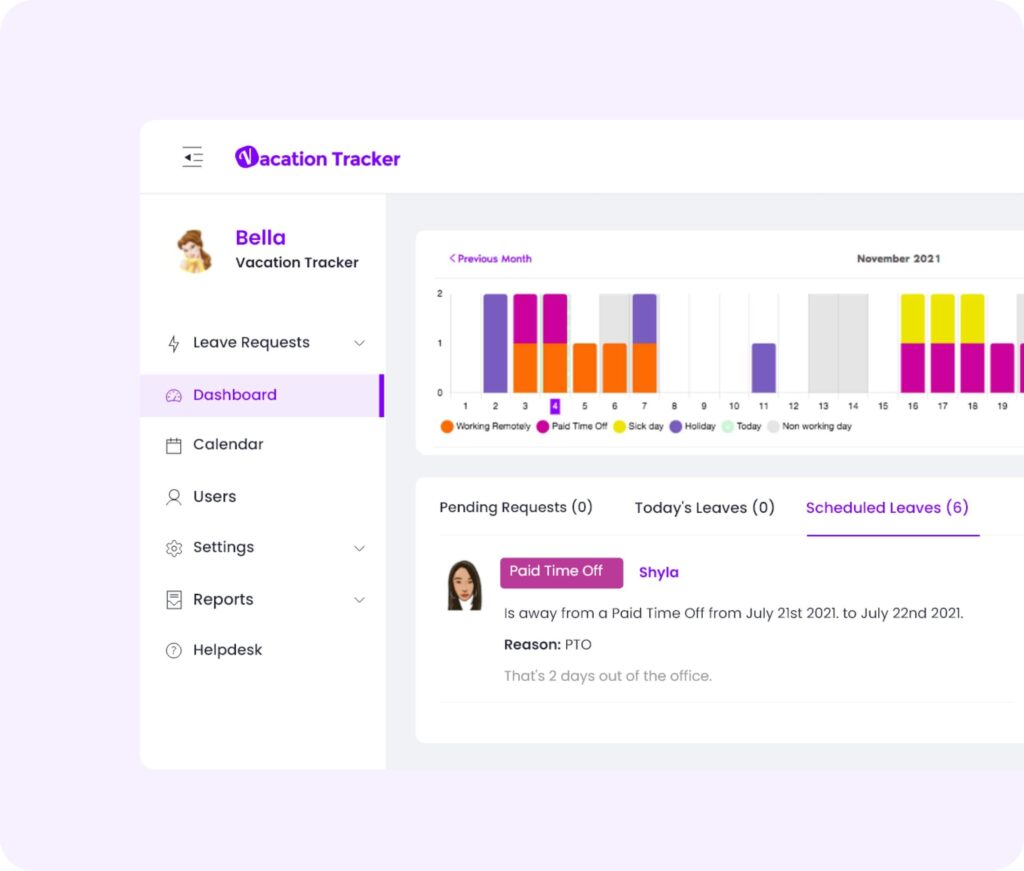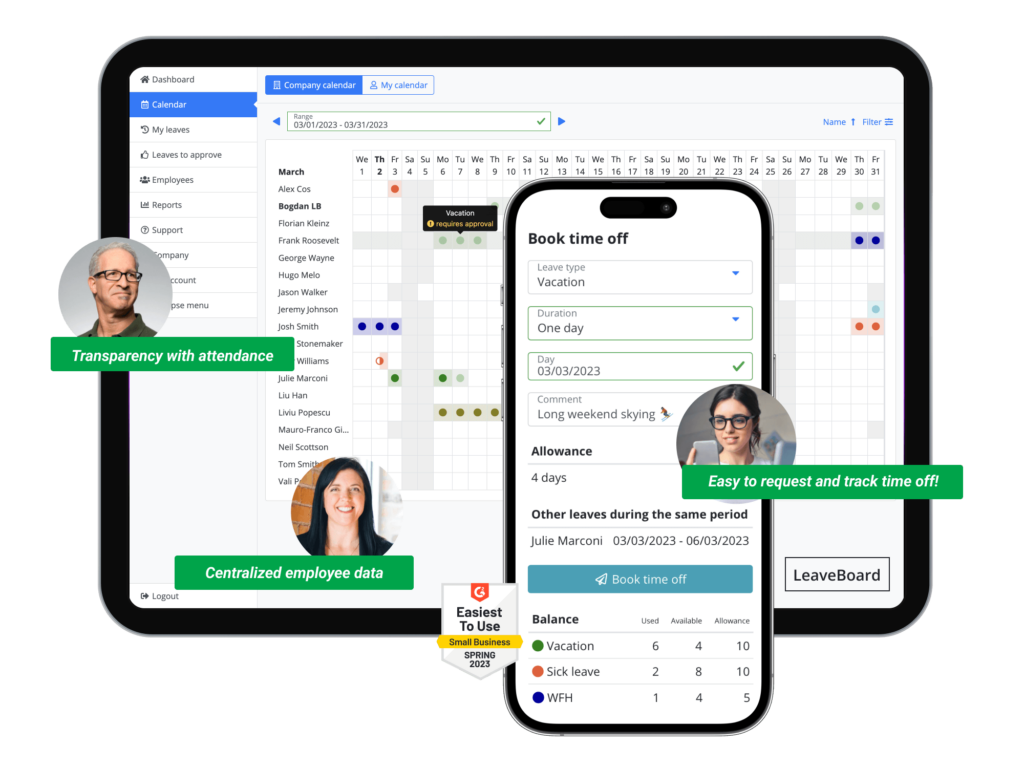The workplace is a melting pot of Different Mentalities, backgrounds, and ways of thinking. Employees come from diverse cultures, have unique experiences, and possess varied problem solving approaches. While this diversity can drive innovation and creativity, it can also lead to misunderstandings, conflicts, and communication barriers.
To create a harmonious and productive work environment, it’s crucial to understand how to interact with and manage different mentalities. This guide will explore the different types of workplace mentalities, the challenges they present, and strategies to effectively work with them.
Understanding Different Work Mentalities
Each individual in a workplace has a distinct mentality, shaped by upbringing, education, work experiences, and personality traits. Here are some of the most common work mentalities:
The Analytical Thinker
- Logical, detail oriented, and prefers data driven decision making.
- Enjoys working with numbers, charts, and structured frameworks.
- Can be rigid and overly focused on facts, sometimes missing the human element.
How to work with them:
- Present clear data and evidence when discussing projects.
- Avoid emotional appeals; instead, focus on facts and logic.
- Allow them time to analyze and process information before making decisions.
The Creative Innovator
- Loves brainstorming new ideas and thinking outside the box.
- Thrives in environments that allow experimentation and flexibility.
- May struggle with deadlines and structured processes.
How to work with them:
- Encourage their creativity but set boundaries to ensure productivity.
- Provide a flexible work schedules environment that fosters innovation.
- Pair them with structured team members to balance creativity with execution.
The Task Oriented Worker
- Focused on getting things done efficiently and meeting deadlines.
- Prefers clear instructions and well defined roles.
- May struggle with ambiguity or workplace distractions.
How to work with them:
- Be clear and direct in assigning tasks and expectations.
- Minimize unnecessary meetings or interruptions.
- Recognize their efficiency and reward task completion.
The Relationship Driven Professional
- Values teamwork, collaboration, and emotional connections.
- Prioritizes workplace harmony and enjoys working with others.
- Can be sensitive to criticism and may avoid conflict.
How to work with them:
- Use a people centric approach when discussing workplace challenges.
- Provide positive reinforcement and feedback in a constructive way.
- Encourage them to express their thoughts and ideas openly.
The Risk Taker
- Embraces challenges and is willing to take bold decisions.
- Comfortable with uncertainty and enjoys solving complex problems.
- Can sometimes make impulsive decisions without fully considering consequences.
How to work with them:
- Provide guidelines to balance their risk taking nature.
- Encourage them to calculate risks before making decisions.
- Acknowledge their willingness to take initiative.
The Cautious Worker
- Prefers stability and security over risk and uncertainty.
- Likes to follow set rules and established procedures.
- May resist change or be slow to adopt new technologies.
How to work with them:
- Offer reassurance and step by step guidance during changes.
- Allow them time to adapt and gradually introduce new ideas.
- Encourage them to step out of their comfort zone in a supportive manner.
Challenges of Dealing with Different Mentalities
Diversity in thought is a strength, but it also presents challenges such as:
Communication Barriers
Some individuals prefer direct, factual communication, while others respond better to emotional or relationship based discussions.
Solution: Adapt your communication style based on the person you are interacting with. Use clear, precise language and confirm understanding.
Conflict in Decision Making
- Analytical thinkers may want more data, while risk takers may want quick action.
- Relationship driven workers may hesitate to make difficult decisions.
Solution: Find a balance by encouraging data backed decisions while also considering intuition and team input.
Resistance to Change
Some employees are excited about new ideas, while others prefer sticking to old routines.
Solution: Gradually introduce changes, providing clear benefits and guidance to those resistant to them.
Different Work Speeds
Some employees work fast and take risks, while others prefer slow, steady progress.
Solution: Assign tasks that align with each person’s strengths while fostering collaboration between different working styles.
Strategies to Effectively Work with Different Mentalities
Improve Emotional Intelligence (EQ)
Developing emotional intelligence helps in understanding and managing workplace interactions. Key aspects include:
- Self awareness, Understanding your own emotions and biases.
- Empathy, Considering colleagues’ perspectives.
- Self regulation, Managing emotions to respond appropriately.
Adjust Communication Styles
- Use structured discussions with analytical thinkers.
- Engage in casual conversations with relationship driven individuals.
- Provide clear deadlines for task oriented workers.
Foster a Culture of Inclusivity
- Encourage diverse perspectives in meetings.
- Promote mutual respect regardless of work style.
- Offer flexibility to accommodate different working preferences.
Encourage Collaboration and Teamwork
- Create mixed teams that blend different strengths.
- Use brainstorming sessions to integrate different viewpoints.
- Promote open dialogue to address misunderstandings.
Set Clear Goals and Expectations
- Clearly define objectives and success metrics.
- Use structured plans for execution focused workers.
- Allow flexibility for creative employees.
Provide Constructive Feedback
- Analytical workers prefer direct, data driven feedback.
- Creative individuals appreciate encouragement and idea validation.
- Relationship driven professionals respond well to positive reinforcement.
Mediate and Resolve Conflicts Professionally
- Address issues early before they escalate.
- Encourage open, solution oriented discussions.
- Foster a culture where differences are respected.
FAQ
Why is it important to understand different mentalities in the workplace?
Understanding different mentalities helps build a more inclusive and collaborative work environment. It allows teams to respect diverse perspectives, reduce misunderstandings, and strengthen teamwork, ultimately leading to better decision making and performance.
What causes different mentalities at work?
Different mentalities stem from factors such as cultural backgrounds, education, personality types, work experiences, and communication styles. Each employee brings unique perspectives that can influence how they approach tasks, challenges, and teamwork.
How can managers handle employees with different mindsets?
Managers should practice empathy, active listening, and adaptability. Encouraging open communication, setting clear expectations, and recognizing each team member’s strengths can help bridge mentality gaps and foster cooperation.
How does cultural diversity affect workplace mentality?
Cultural diversity influences communication styles, attitudes toward authority, work life balance, and teamwork approaches. A culturally aware workplace promotes inclusion and helps employees collaborate effectively despite differences.
What are some effective strategies for managing mindset differences?
Key strategies include:
Promoting open dialogue and mutual respect.
Providing diversity and inclusion training.
Setting shared goals to align team efforts.
Encouraging flexibility in problem solving and work styles.
Using conflict resolution techniques early to prevent tension.
How can employees adapt to different mentalities?
Employees can develop emotional intelligence, empathy, and self awareness to understand their colleagues’ perspectives. Being open to feedback, asking questions, and learning from others’ experiences can help build stronger working relationships.
How do different mentalities impact teamwork?
Different mindsets can lead to creative problem solving and innovation, but they can also cause conflict if not managed properly. Recognizing and valuing these differences helps teams leverage diverse ideas effectively.
How can communication tools help manage workplace mentality differences?
Communication tools like shared calendars, chat platforms, and leave management apps such as Day Off improve transparency and collaboration. They reduce misunderstandings and help employees stay informed, regardless of work style or cultural background.
What role does leadership play in managing diverse mentalities?
Leaders set the tone for inclusivity and collaboration. By promoting respect, empathy, and fairness, they can unite diverse employees under a common vision while appreciating each individual’s unique approach.
How does the Day Off app support better workplace collaboration?
The Day Off app simplifies leave tracking and team visibility, helping managers and employees coordinate schedules more effectively. By reducing scheduling conflicts and improving communication, it supports harmony among teams with different work mentalities.
Conclusion
A diverse workplace is both an opportunity and a challenge. By understanding different mentalities, fostering emotional intelligence, and adapting communication and leadership styles, professionals can turn workplace diversity into a strength.
By practicing patience, empathy, and adaptability, individuals can navigate workplace differences effectively, creating a more harmonious, productive, and innovative work environment.




